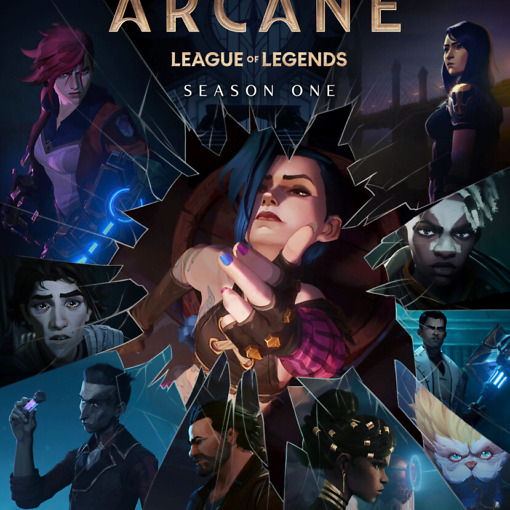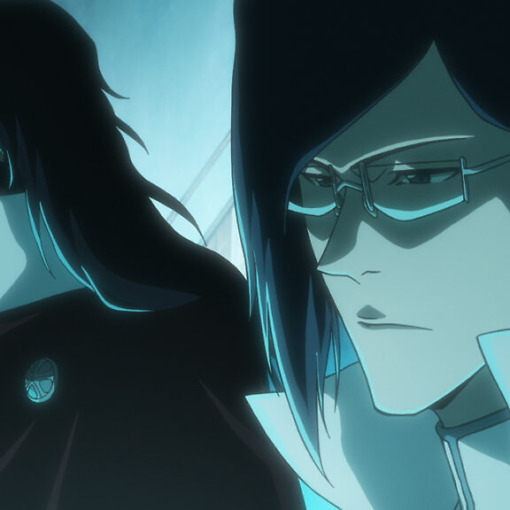By Andrew Osmond.
One way you could pitch the anime series We Rent Tsukumogami would be to describe it as Miss Hokusai meets Bagpuss. Bagpuss, if you’re too young to remember it, was a vintage British animation about a shop that collects lost objects, dolls, carvings and the like, which come alive and talk among themselves. We Rent Tsukumogami has a similar idea, except that its focus shifts between the talking objects and their human neighbours, who live in Edo, the city that’ll one day be Tokyo.
Edo has been shown in many period anime, but Tsukomogami feels particularly close to the Miss Hokusai film. Both anime have loose overarching stories, but they’re more concerned with conveying the rhythms of daily life. Indeed, the “slice of life” tag that’s often used by anime fans fits here. Both anime mix in the supernatural with daily period detail, and share Edo landmarks – for example, the red-light district of Yoshiwara and the curving wooden Ryogoku bridge, as painted by Hokusai.
However, We Rent Tsukumogami is the more gentle, humorous anime of the two. The “We” of the title refers to Oko and Seiji, the young human owners of an Edo lending shop called Izumo-ya. As the series explains, Edo’s houses are vulnerable to fires, so all but the richest inhabitants prefer to rent objects for a small fee, rather than own them. Oko and Seiji are siblings, though it’s soon established they’re not blood-related – the girl Oko was fostered by Seiji’s family following one such fire. Now their shop contains a great many objects, and some are actually “tsukumogami.”
In Japan a tsukumogami is an object that has gained its own spirit. You can see it as an extension of Japan’s age-old animist traditions, but it’s also how a child anywhere can see a beloved object – look at Toy Story, or indeed Bagpuss. (In anime, the short film Pigtails showed a girl surrounded by talking clothes-pegs and toothbrushes.) In the shop owned by Oko and Seiji, there’s a small cluster of tsukumogami, which includes a chatty comb; a princess doll; a full moon (with legs) from a hanging scroll picture; a pipe (kiseru); and a carved bat, who’s the noisiest of the bunch
The anime has an especially interesting take on the relationship between spirits and humans. As is common in these kinds of stories, the tsukumogami try to avoid being noticed by the humans, and most of the humans don’t notice them. However, Oko and Seiji are perfectly aware of their non-human neighbours, and can hear all their gossip. They avoid direct communication with the tsukumogami, but they still make use of them. For example, they can loan one of the tsukumogami out to someone, wait till its return, and then listen to the spirit gossip about what it’s seen and heard.
Many of the episodes revolve around small questions and mysteries – for example, looking for a precious object that’s been lost, or investigating someone’s agenda. One of the funniest episodes, part two, involves Japanese scrolls. Their owner is baffled that they’re starting to show weird mixes of characters from literature and folklore. That’s because the characters in the different pictures are becoming tsukomagami at night, getting into scraps, and then ending up in the wrong scrolls when morning comes. You may guess the story’s punchline if you know your Ghibli films.
The “regular” tsukumogami characters each have childlike quirks a la Bagpuss. The comb is skittish and garrulous, the moon character’s full of refined self-importance, the bat is grumpy but a softy, and so on. As for the human characters, they’re more slow to know, with the obvious question being what exactly is the deal between the official-siblings Oko and Seiji. More of their backstory is gradually divulged, while we see Oko and Seiji getting to know their human neighbours as we get to know them. Supporting characters in one story often come back in another, so try keeping track of who’s who.
The series was inspired by two Japanese books by Megumi Hatakenaka, and was broadcast on NHK General TV – NHK is Japan’s public broadcaster, and the series has rather more educational value than most anime, reminding viewers of the practices and implements of the Edo era. The anime’s director is Masahiko Murata, who doesn’t always direct such gentle fare; he helmed the grisly action series Shikabane Hime (Corpse Princess). He’s now directing the anime of To Your Eternity, the centuries-spanning manga saga by Silent Voice author Yoshitoki Oima.
Andrew Osmond is the author of 100 Animated Feature Films. We Rent Tsukumogami is streaming now on Crunchyroll.



